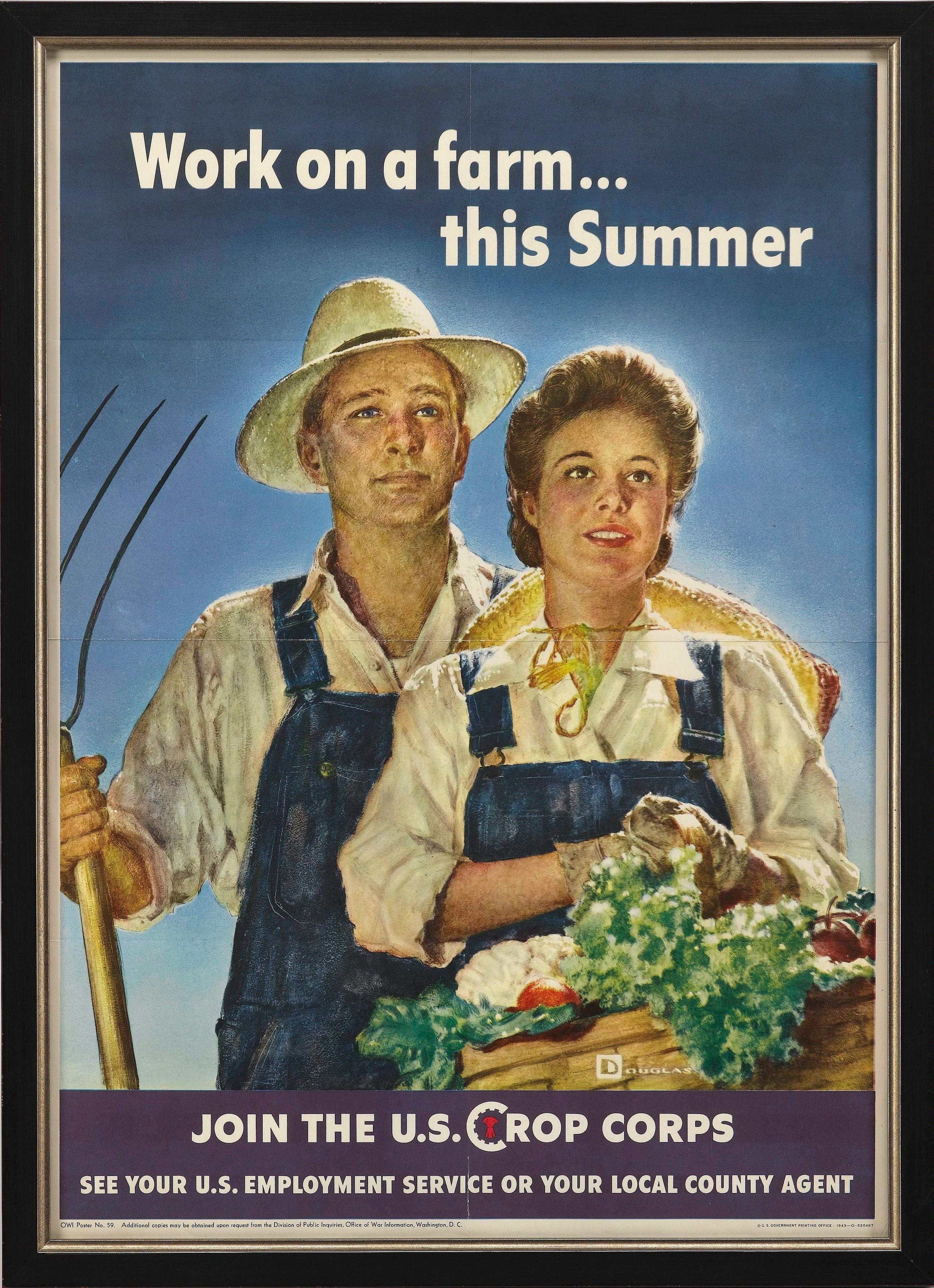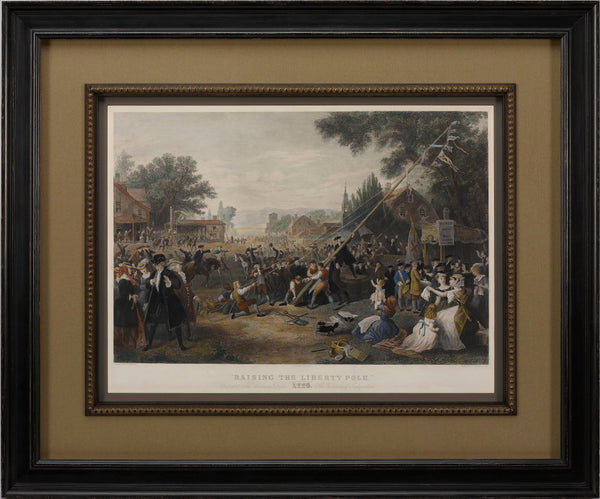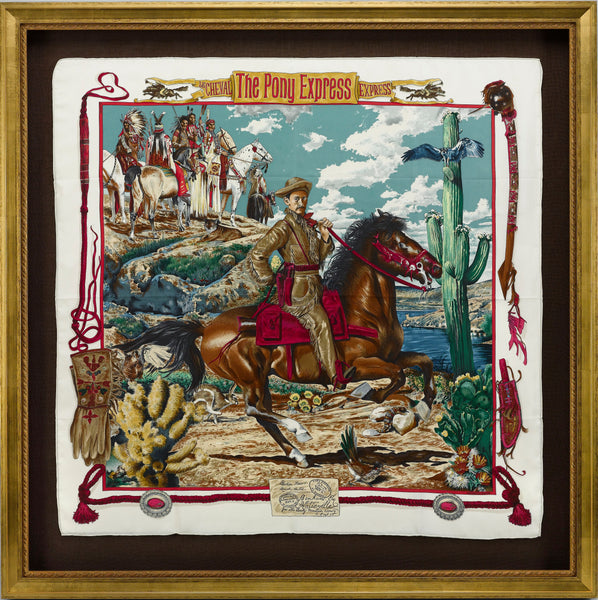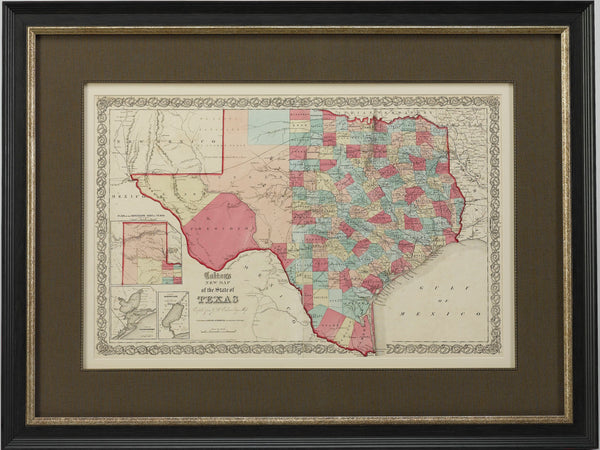Advantageous Agriculture: A Look Into the U.S. Crop Corps and Other Agricultural Endeavors During WWII

Always sure to spark an audience’s interest, this World War II Crop Corps poster highlights a lesser known initiative that was aimed towards bolstering American agriculture during wartime. Many Office of War Information adverts promoted the idea that “bread is ammunition as vital as bullets,” and that any additional war efforts would be nothing without a solid resource base. Millions of men were forced to leave their homesteads in order to fight abroad, placing the majority of responsibility for food production on the women at home. The Women’s Land Army of America was an initiative originally created in World War I that was intended to capitalize off the available workforce, and was promoted for re-institution by Eleanor Roosevelt during WWII. In order to participate in the group formerly known as the “Farmerettes”, women were required to be over the age of 18 and needed to be verified by a physician as proven “strong enough to do hard farm work”. Despite many (including Hitler himself) arguing that placing women on farms was inherently unfeminine, the agricultural sector would not have been able to move forward without their aid. It is difficult to estimate how many women began working on the farms as a direct result of the war, but roughly 3 million women were devoting themselves to agriculture during the summer of 1943 (making up almost 30% of the entire agricultural workforce). From the years 1943 to 1947, the Women’s Land Army of America was responsible for placing over 135,000 women into much needed agricultural positions.
The U.S. Crop Corps as an institution under the Department of Agriculture was an umbrella for varying agricultural endeavors like the Women’s Land Army of America in addition to the Victory Farm Volunteers, providing invaluable support for the under-staffed farmsteads. The support came from a large variety of sources ranging from city-dwelling teenagers to prisoners of war, creating an incredibly diverse workforce and support base for the dwindling farming sector. The Victory Farm Volunteers were composed of more than 2.5 million youths from ages 11-17 who provided labor on a daily basis, mainly during the summertime when schools were no longer in session. Encouraging able-bodied city-slickers to get their hands dirty, the VFV worked closely with individual state agricultural colleges to promote their program and ensure an enduring interest in agriculture. Joining the Victory Farm Volunteers was touted as a tangible way for teenagers to get involved with the war efforts, as many were itching to contribute to a larger cause and gain technical skills.
In addition to those who were eager to lend a helping hand, a large number of alternative sources of labor were utilized within the United States to fill the resources needed. Although separate from the Crop Corps/U.S. Department of Agriculture, we would be remiss if I did not mention the masses of migrant workers placed in agricultural positions across the country during 1943-1947. Initiatives like the Bracero Program were created via executive order to funnel more labor into the farming sector, encouraging millions of Mexican men to migrate to the United States as part of the Mexican Farm Labor Program. The Bracero Program proved to be an invaluable addition, continuing on until its dissolution in 1964. Willing migrant workers were not the only alternative sources of labor, as many farms saw the introduction of farm work as a form of penitence or furlough from punishment. Out of all the statistics, these are the facts that shock me most: 6,200 conscientious objectors (primarily those with religious exemptions) served in agricultural positions as a means to avoid the action, around 26,000 Japanese-Americans were sent away to farms on furlough from Japanese internment camps, and over 265,000 prisoners of war were utilized somewhere in the agricultural process from 1943-1945.
All-in-all, the vast and varied efforts on the home front created a complex fabric within the farming community in the United States. Without the help of all the aforementioned resources the war efforts would have crumbled due to a lack of foundational food supplies, and therefore, the ephemeral evidence of a long-forgotten agricultural initiative deserves a spotlight of its own.
Works Cited:
Barrett Litoff, Judy , and David C. Smith. ““To the Rescue of the Crops”: The Women’s Land Army during World War II.” Prologue: Quarterly of the National Archives and Records Administration, vol. 25, no. 4, 1993. National Archives, www.archives.gov/publications/prologue/1993/winter/landarmy.html#f12.
Library of Congress. “Research Guides: A Latinx Resource Guide: Civil Rights Cases and Events in the United States: 1942: Bracero Program.” Guides.loc.gov, Library of Congress, guides.loc.gov/latinx-civil-rights/bracero-program#:~:text=An%20executive%20order%20called%20the.
Martin, Kali. “Alternative Service: Conscientious Objectors and Civilian Public Service in World War II.” The National WWII Museum | New Orleans, 16 Oct. 2020, www.nationalww2museum.org/war/articles/conscientious-objectors-civilian-public-service.
National Agricultural Library. “Small Agriculture|Victory Farm Volunteers · Victory Gardens and Farms|NAL|USDA.” Www.nal.usda.gov, www.nal.usda.gov/exhibits/ipd/small/exhibits/show/victory-gardens/victory-volunteers.
Oregon Secretary of State. “State of Oregon: World War II - Farm Labor Programs Work to Bring in the Crops.” Sos.oregon.gov, sos.oregon.gov/archives/exhibits/ww2/Pages/services-farm.aspx#footnote7.
Also in Blog

Symbols of Revolution: Liberty Poles & Caps

Connecting the West with the Pony Express


